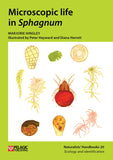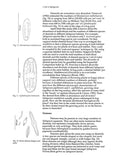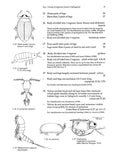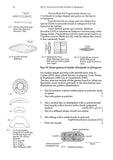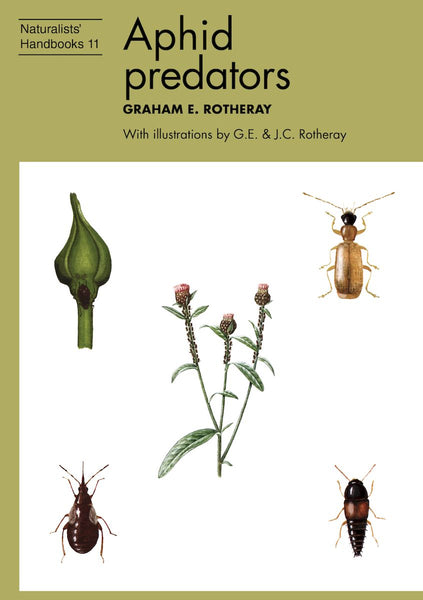
Microscopic life in Sphagnum
- botany
- ecology
- entomology
- fieldwork
- insects
- microbiology
- microclimate
- plants
- sphagnum
Description
Bogland habitat, which is often threatened by peat extraction, has enormous natural history value. As well as the better-known plants, dragonflies and birds, it supports a unique community of microscopic animals and plants inhabiting the leaves and crevices of Sphagnum, the moss that dominates bog vegetation. Under the microscope, a single drop of water squeezed from bog moss reveals a wonderful diversity of complex and distinctive organisms.
The peculiar characteristics of this bog moss habitat are described, and the book introduces the natural history and ecological interrelationships of its microscopic organisms, focusing in particular on the more obvious and elegant groups: the desmids, diatoms, shelled amoebae and rotifers or wheel animalcules. Identification is assisted by numerous detailed line illustrations and by the coloured plates. User-friendly keys will help the reader to allocate specimens to a group, and to name the more conspicuous genera of flagellates, desmids, diatoms, shelled amoebae and rotifers, as well as some species of Sphagnum itself.
This is digital reprint of 0855462914 (1993).
Readership
Undergraduate, postgraduate, field centre, ecological consultant, wildlife trust, conservation volunteerTable of Contents
Introduction - the bogland habitat
The Sphagnum plants and its physical and chemical environment
Life in Sphagnum
Identification:
Key I Groups of organisms found in Sphagnum
Key II Some flagellates in Sphagnum
Key III Some genera of desmids in Sphagnum
Guide I Some genera and species of diatoms in Sphagnum
Key IV Some genera of testate rhizopods in Sphagnum
Key V Rotifers in Sphagnum
Guide II Some Sphagnum species common in Britain
Techniques and approaches to original work
Some useful addresses
References and further reading
Bibliographic Information
 76 pages
76 pages - Colour & b/w illustrations
- 4 colour plates
- BISAC SCI070020, SCI020000
- BIC PSVT, WNCN, PSVS






